The word solitaire has its etymological roots in solitary, which in itself means alone. Therefore technically speaking, a diamond of any size, when it appears alone in a piece of jewellery, qualifies as a solitaire. However, among connoisseurs of fine jewellery, a diamond must be of respectable size (0.20cts or more) to be called a solitaire. So fine is the beauty of a well cut sparkling diamond that one needs to do little to enhance its natural glory.
While for the occasional enthusiast, shopping for solitaires may be a routine affair. But for most it is a rare event such as an engagement or a milestone celebration that brings them on the solitaire quest. Before one begins the pursuit of the perfect solitaire, it is prudent to set oneself a budget, rather than pre-deciding caratage or shape. Once the budget is determined, there are several tips that help in ensuring you get the best for the money you are about to invest. An informed solitaire seeker is a smart buyer. There are several parameters one must consider to make the best choice and we hope we can successfully guide you along your journey to own the perfect solitaire, one that is meant for you.
A guided solitaire tour has to begin with a basic understanding of how solitaires are graded. The standard 4C grading method used for all precious stones makes the process of selecting the perfect solitaire a whole lot simpler than it seems.
Carat refers to the Weight of the solitaire, and not the size, as commonly misunderstood. 1 carat is 1/5 of a gram or 200 miligrams. A carat is further divided into 100 points called cents. For the purpose of standardization, gem sizes have been prescribed for each specific weight and cut.
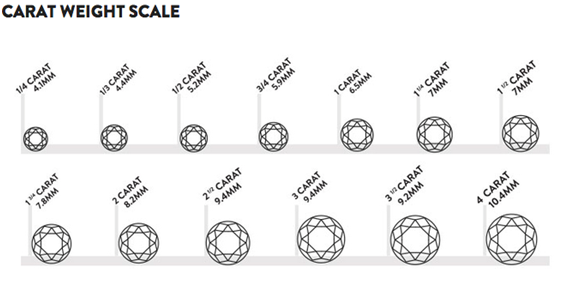
Colour is self explanatory and refers to the hue of diamonds. Being mineral compounds, variations in composition, even the slightest inclusion in the crystallization process can change the colour of the stone. Diamonds are graded on their whiteness starting with D and E grades for absolutely white, going down the alphabet as the stone becomes yellower/browner. When shopping for a diamond, it is recommended that you choose a stone with the least amount of color possible.

While it is recommended that you look for D-F grades of colour, G-H may not be such a bad deal after all, particularly if the price comes down significantly. The neglible yellow tint in the colour of the stone will make little difference to the sparkle of your solitaire.
Cut refers to the specifications that the GIA has standardized based on the shape of the faceted stone. Diamond Cut refers to how well proportioned the diamond is. It is an objective measure of a diamond’s light performance, or, what we generally think of as sparkle. It also refers to how effectively the diamond returns light back to the viewer’s eye.
A well-cut diamond will appear very brilliant and fiery, while a poorly cut diamond can appear dark and lifeless, regardless of its color & clarity. When a diamond is cut with the proper proportions, light is returned out of the top of the diamond (which gemologists refer to as the table). If it is cut too shallow, light leaks out of the bottom; too deep and it escapes out of the side. Most diamonds are cut round with 58 facets, and a good cut, or make, has more scintillation, more sparkle. A perfectly cut diamond would have its size maximized for its weight and its sparkle intensified by increasing its refraction.
If there is one aspect that is not open to compromise, it is the cut of the diamond. Ensure that your GIA certificate grades the cut of your solitaire, irrespective of shape, as excellent. This is what is primarily responsible for the sparkle of your diamond and has been standardized for each shape by experts after years of study.
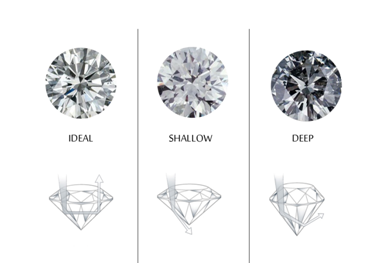
Clarity refers to the extent to which inclusions are absent in the finished gem. Naturally occurring gems can have any number of inclusions in the form of crystallized dust, other minerals, air or water bubbles, and fissures. These interfere with the luminosity of the gemstone. Diamonds are graded as being IF (internally flawless, where the diamond has absolutely no inclusions even when examined under 1000 times magnification), VVS1 and VVS2 (very very slightly included, where inclusions are minor and visible only under 1000 times magnifcation), VS1 and VS2 (very slightly included, where the inclusions are more in number, but again not visible to the naked eye), SI (slightly included, where some imperfections may be visible and the number exceeds any of the previous grades) and I (included, where the imperfections are clearly visible, even to the naked eye). Internationally, any grade down to VVS is considered excellent for a solitaire.

Now that we have given you a quick recap of how a diamond is graded, here are some broad considerations to weigh before you make your spectacular choice.
Shape Matters…
Apart from these standardized measures of a diamond’s quality, one must always consider the shape of the solitaire that they desire. While the round brilliant is the most popular shape for its intense sparkle, other shapes should not be dismissed too easily. On an engagement ring for someone with slender fingers, a marquise, or a pear cut diamond may look prettier than the traditional princess cut or round brilliant cut solitaires. Certain diamond shapes can give you a larger appearance with more or less the same sparkle as the round brilliant cut. So, if size appearance is paramount, then opting for a marquise, pear, or oval shape may get you a visibly larger diamond than a round brilliant of the same weight. If sparkle is not of primary concern, one can explore the subtler shapes such as princess and emerald shapes. Fancy shapes may also add to the general uniqueness of a piece of jewellery. Ensure that you explore as many shape options as you can before you make your final choice.
Pricing Concerns…
Diamond rates are controlled by an agency named Rappaport that sets the ceiling price of diamonds by weight. The price per carat of diamonds increases proportionately as diamond weight increases. Two 0.1ct diamonds will be far cheaper than one single 0.2ct diamond. This increase in price becomes even steeper at significant weights, more often than not at multiples of 10 or 5. So a diamond that weighs 0.97ct will be easier on your pocket than one that weighs 1ct. However, for this significant difference in price, the difference in actual diamond size will be so negligible, that it is imperceptible.
To Heckle or Not…
Jewellers are also allowed to use their discretion (along with Rappaport guidelines) to set their own prices for the diamonds, depending on their overhead costs and profit margins. This explains why solitaire prices may differ from jeweler to jeweler, and also why those with smaller establishments can afford to sell their solitaires for less. All jewelers permit you to examine solitaires under 10x magnifications, and if you can certify for yourself that the diamond you are about to purchase meets all your specifications, you may even be allowed to heckle a bit over the pricing.
GIA Certified?
A certified diamond will cost you a fair bit more than one that is of identical grade, but comes without a GIA certificate. The certification process costs a premium over and above the actual cost of the solitaire. Once again, if you can, evaluate and ascertain for yourself that your diamond is of the grade that you would like it to be, opting for a solitaire without GIA certification may be far easier on your purse strings.
At Gehna, we only use flawless and ethically mined diamonds of the best colour and cut in our jewellery. However, if you would like to ascertain the quality of your precious sparkler for yourself, join us for a cup of tea and may be a quick guide to choosing the perfect solitaire. If you are enthused enough, maybe we can tempt you with a detailed workshop that will equip you with the knowledge you need for years to come. Honour us with the opportunity to create the most magical engagement ring for your special one, or craft those solitaire studs that you wish to splurge on and then pass on as an heirloom for generations to come.
View our Diamond Jewellery Collection: Diamond Jewellery | Diamond Earrings | Diamond Rings | Diamond Jhumki | Diamond Pendants
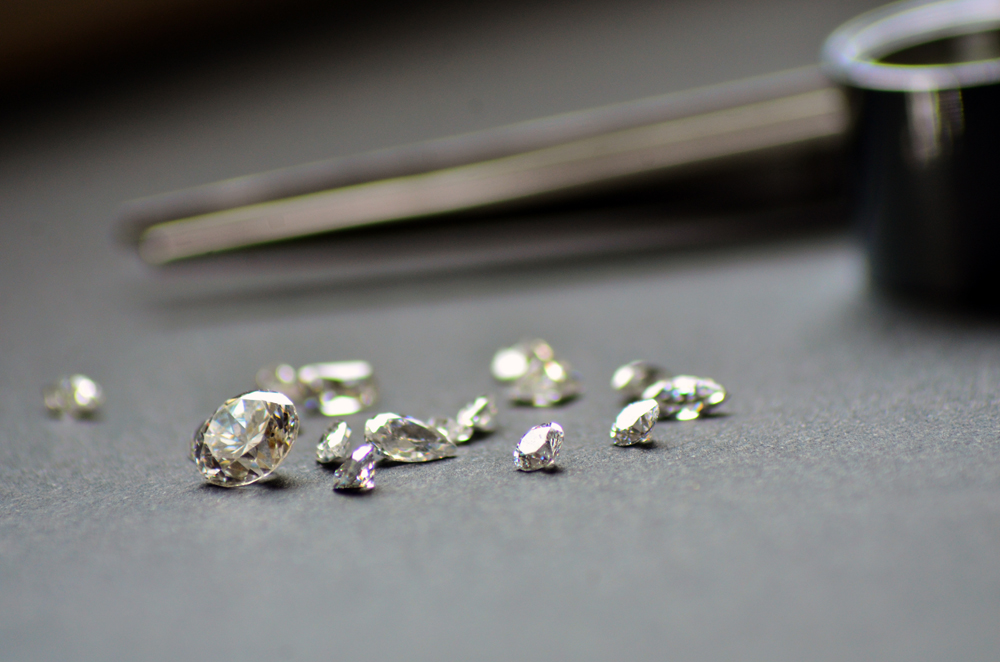


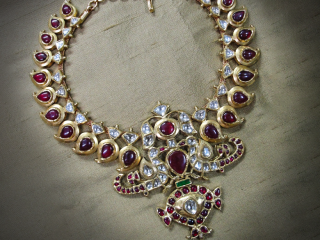
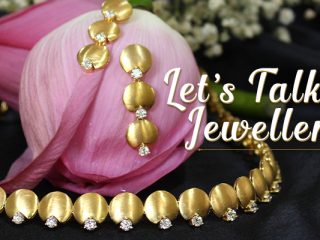
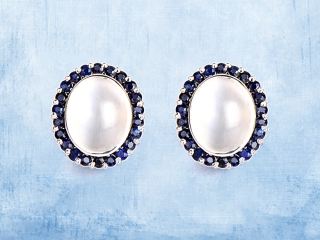
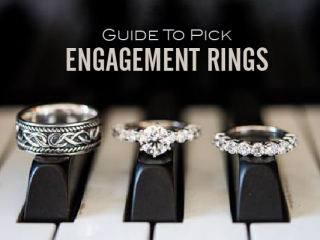
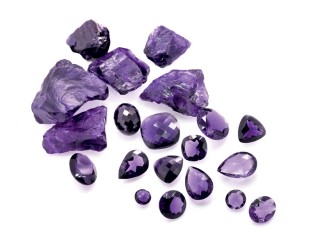
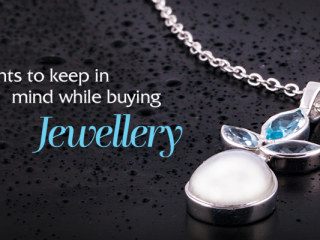

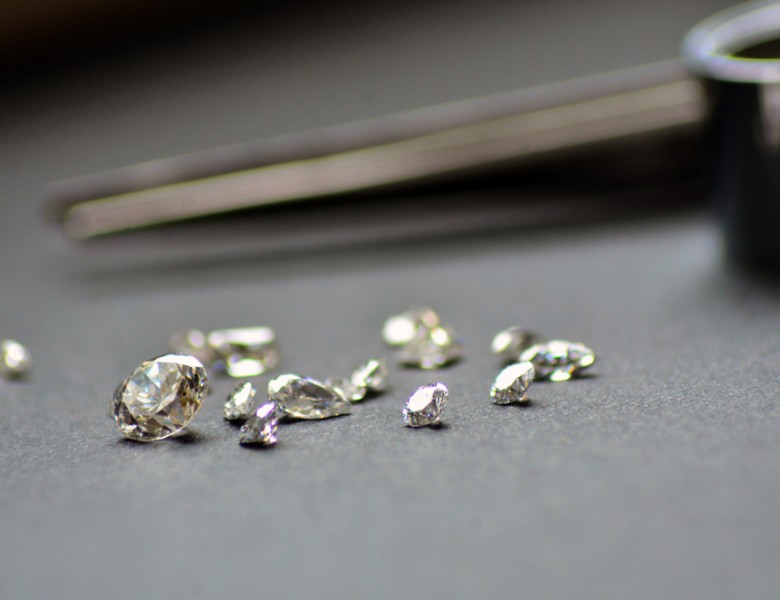


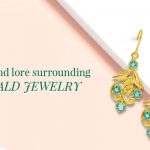
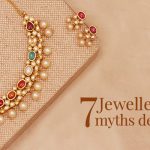

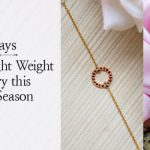
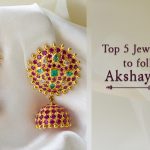

P N Gadgil and Sons
A very informative blog on jewellery designs.
Thangamayil Jewellery
A very informative one. Really liked this one.
Shine of a diamond retains in ones heart forever. Its beauty is just incredible.
But, recently I came across an article ststing that Kohinoor was discovered from Sambalpur, a city of Odisha contradicting the claims of its origin for Southern India nearly in 80-100 AD.
Do you have any clue on this. If you have any, please let us know.